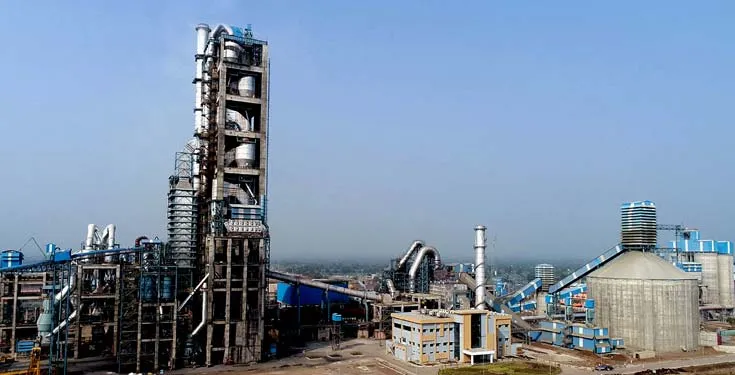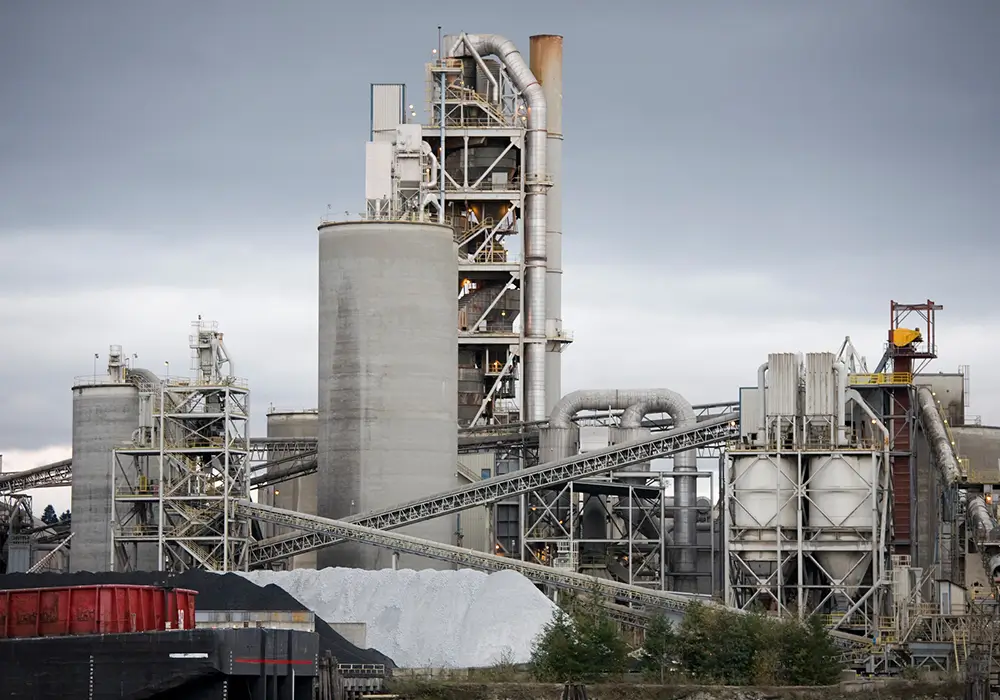UltraTech sets new benchmarks with Dhar Cement Works
- Copy

UltraTech, the largest cement manufacturer in India, has ramped up its manufacturing capabilities and set new benchmarks with the commissioning of Dhar Cement Works (DCW) in Madhya Pradesh on 8 March 2018.
Built in a record time of 12 months, DCW also has the distinction of being constructed at a record low cost, with ‘zero safety incidents’.
Located in Tonki, about 140km from Indore, Madhya Pradesh, the plant has an installed capacity of 2.5 mtpa clinker production. This will enable UltraTech to further accelerate its market leadership position in the state by catering to south-west Madhya Pradesh, and extend its footprint to east Gujarat and parts of north Maharashtra.
Moving forward on all fronts
The plant, as per the initial estimates, was to be commissioned within 16 months. Some out-of-the-box thinking and collective pushing of the envelope helped the team reduce this timeline to 12 months.
It was not easy; the UltraTech team had to face several challenges. A multi-pronged approach helped in overcoming these challenges. To begin with, a seamless working environment was created by cutting down hierarchies and delegating responsibilities to facilitate faster decision making.
Operational efficiency was the keyword and it found reflection in the plant layout too. The most compact and operationally efficient layout was chosen from over 20 designs developed by the team. As a result, the length of material handling conveyors, roads, boundary wall, etc. was reduced by over 30%.
Majority of design and engineering work with load data was completed during the pre-ordering stage itself. It reduced the time required for civil work by three months. Further, construction work was carried out nonstop to achieve the milestone.
Alongside this, basic infrastructure such as plant roads, roads leading to mines, etc. was developed well before the contractor mobilisation. The team provided construction power at different locations and even built accommodation to house 200 labourers to enable the contractors to hit the ground running and save valuable time.
This helped the contractors start work within two days of their arrival as against the earlier time required of two weeks. The team also deployed multiple civil contractors for faster completion of work.
A well-oiled strategy
Ensuring efficient and speedy movement of material was vital to prevent disruption of the construction schedule, so the team installed an aggregate crusher and ready-mix concrete plant at the site. They used manufactured sand and maintained stockpiles of the commodity to last the entire duration of the project.
The team relied heavily on mechanisation for a smoother and faster construction cycle. Using high capacity cranes, assembly of heavy loads on the ground enabled the faster achievement of milestones. Also helping the work to proceed faster were several engineering innovations, such as the standardisation of galleries and staircases, optimising support structures and building sizes, and tweaking the plant design so as to increase efficiency and output.
Setting new records
The DCW project also stands out for two other achievements: it was constructed at a record low cost and with ‘zero safety incidents’. The team devised the novel concept of corporate audit committees and ‘zimmedars’ (governors) involving workmen and supervisors for compliance with safety regulations. Training and supervision experts were also hired to ensure safe and incident-free operations, especially during scaffolding and heavy lifting. The UltraTech safety standard was widely disseminated to ensure compliance by all stakeholders.
The exemplary zeal and commitment shown by the DCW team has been applauded and recognised by the UltraTech management and has become a benchmark for the construction of plants in the future.

















